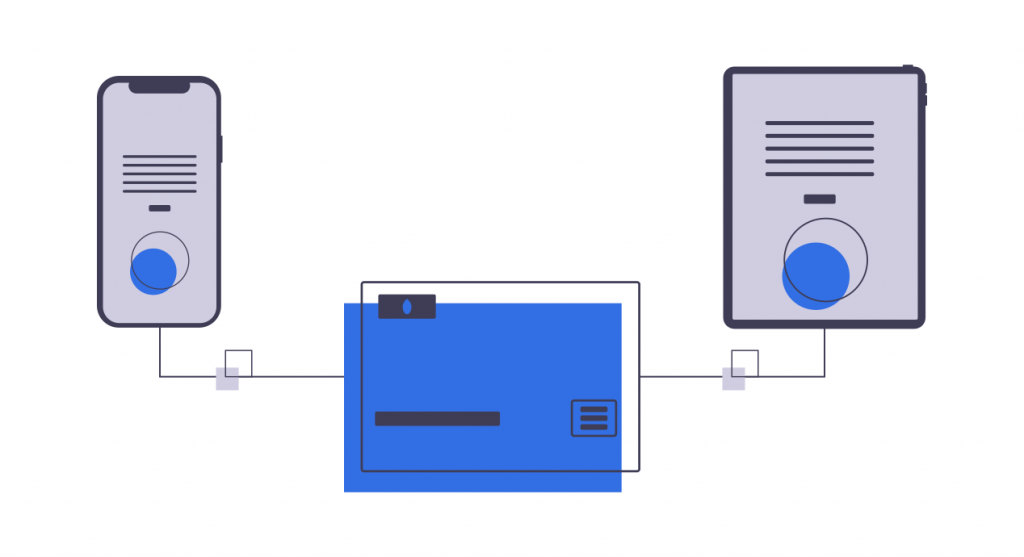What is IP Subnetting
IP address subnetting is the process of organizing the IP (Internet Protocol) addresses within your network to prevent conflicts and slow down your networking experience. When high volumes of traffic go through certain parts of the network, the IP address subnetting process puts these parts in one section. In that way, the traffic doesn’t travel through the whole network but reaches the desired destination through the shortest route possible. In short, IP address subnetting speeds up the network by eliminating unnecessary traffic.
Another function of IP address subnetting is the optimization of the IP allocation process. This comes particularly handy when you are connecting multiple internet-capable devices to the network. When used for business purposes, subnets are set up for particular parts of an office, or even a team that does the same type of work and needs fast and reliable channels for collaboration.

The Subnet Masks
To achieve the desired results, the process uses the so-called “subnet masks”. They allow the fast identification of parts of the IP address that refers to the network and the host. In this way, IP addresses are divided into three separate classes – class A, Class B, and Class C. When that division is done, it is much easier to determine the final destination of different data packages through the network.
